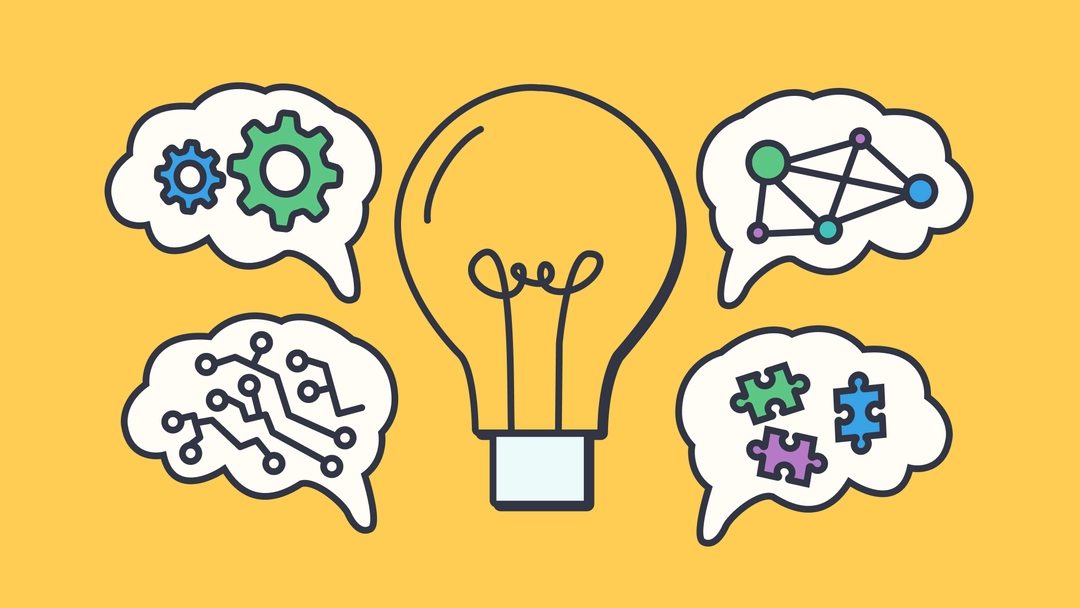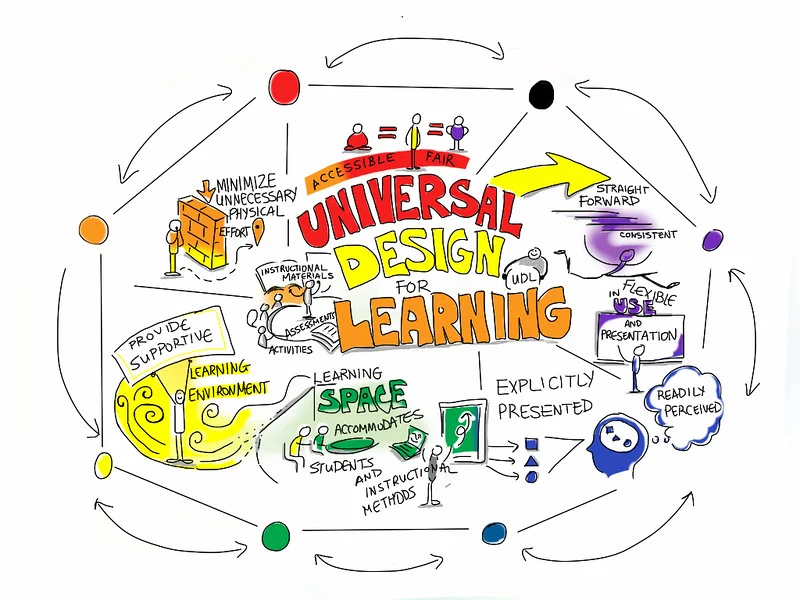Choosing the right school for your child is one of the most important decisions you’ll ever make as a parent. As the education system evolves to meet the needs of diverse learners, it’s essential to understand the frameworks shaping modern classrooms. Universal Design for Learning Frameworks offer one such powerful and inclusive approach.
At Verified Campus, the best school listing portal in Dehradun, we aim to empower parents with knowledge that goes beyond just comparing schools. In this blog, we’ll dive into how Universal Design for Learning Frameworks are transforming education and why they matter when selecting the right school for your child.
What are Universal Design for Learning Frameworks?
Universal Design for Learning Frameworks (UDL) refer to a set of educational principles designed to make learning accessible to all students, regardless of their abilities, learning styles, or backgrounds. Inspired by universal design in architecture (like ramps for wheelchairs), UDL focuses on removing learning barriers and providing multiple ways for students to access, engage with, and express knowledge.
These frameworks promote:
-
Multiple Means of Engagement (the “why” of learning),
-
Multiple Means of Representation (the “what” of learning), and
-
Multiple Means of Action and Expression (the “how” of learning).
By adopting UDL, schools create learning environments that are flexible, inclusive, and supportive for every child.

Why Universal Design for Learning Frameworks Matter
In traditional classrooms, teaching methods are often uniform, leaving behind students with different learning needs. However, Universal Design for Learning Frameworks recognize that no two students learn the same way. Whether it’s a child with dyslexia, ADHD, a language barrier, or simply a different learning style, UDL offers pathways for all students to succeed.
This is particularly important for parents looking for schools that support individualized learning without labeling or isolating children. UDL ensures every student can learn at their own pace, using tools and strategies tailored to their unique needs.
The Three Principles of UDL in Detail
Let’s explore how Universal Design for Learning Frameworks function in a classroom by breaking down its three key principles:
1. Multiple Means of Engagement
This principle focuses on motivating students by offering choices in how they participate in class. Some students prefer group work, while others do better individually. UDL encourages teachers to provide varied options to maintain student interest.
2. Multiple Means of Representation
Not all children learn best through textbooks. Some prefer videos, others like charts or hands-on experiences. UDL promotes using diverse formats—visual, auditory, and kinesthetic—to present information.
3. Multiple Means of Action and Expression
UDL allows students to demonstrate their understanding in different ways. For example, while one student might write an essay, another might give a presentation or create a diagram. The goal is to honor different learning strengths.
How UDL Benefits Your Child
When looking for the right school in Dehradun, understanding how Universal Design for Learning Frameworks benefit your child can guide your decision.
a) Inclusivity Without Segregation
Rather than pulling children out for special attention, UDL integrates support directly into the classroom, ensuring your child doesn’t feel different or left behind.
b) Boosts Confidence and Independence
Children can choose learning paths that suit them, helping them build confidence in their abilities. They also become more independent learners, a skill valuable throughout life.
c) Improves Academic Performance
When lessons are tailored to learning preferences, comprehension and retention improve, leading to better test scores and classroom performance.
d) Supports Social-Emotional Growth
Children thrive emotionally when they feel seen and understood. UDL promotes a classroom culture where differences are not only accepted but embraced.

Examples of UDL in Schools
Many schools featured on Verified Campus already implement aspects of Universal Design for Learning Frameworks. Here are a few examples of how UDL looks in practice:
-
Interactive Technology: Use of smartboards, audio books, and learning apps that support multiple formats.
-
Flexible Seating: Options like bean bags, standing desks, or floor mats to cater to different comfort and focus levels.
-
Choice-Based Assignments: Students select whether to write, draw, act, or record a video for their assignments.
-
Scaffolded Instructions: Breaking down tasks into smaller steps with visual aids and prompts.
By visiting schools and asking about these features, parents can assess how deeply UDL is embedded into the school culture.
What Parents Should Look for in a UDL-Based School
As you browse schools through Verified Campus, the best school listing portal in Dehradun, consider these questions to identify UDL-aligned institutions:
-
Does the school accommodate students with diverse learning needs?
-
Are there flexible teaching materials and technologies used in the classroom?
-
Do students have multiple options for completing assignments?
-
How are teachers trained in implementing inclusive learning strategies?
Schools that can confidently answer these questions are likely to be practicing Universal Design for Learning Frameworks.
The Role of Teachers in UDL
Implementing Universal Design for Learning Frameworks effectively requires ongoing teacher training and commitment. Teachers must:
-
Be flexible and responsive to student feedback.
-
Regularly assess what works and adapt lessons accordingly.
-
Incorporate tools that support various learning modalities.
-
Encourage student choice and voice in the learning process.
This dynamic teaching approach ensures that all children have the opportunity to succeed, not just those who fit into a standard learning mold.

Addressing Common Misconceptions About UDL
Some parents worry that UDL might lower academic standards or result in less structure. On the contrary, Universal Design for Learning Frameworks raise expectations by ensuring that every student is challenged—but supported—in achieving learning goals.
Another myth is that UDL is only for children with special needs. In reality, it benefits all learners by offering flexibility, improving motivation, and fostering innovation.
Supporting UDL at Home
As a parent, you can reinforce UDL principles at home:
-
Provide options for homework (drawing vs writing).
-
Use educational videos or interactive games alongside textbooks.
-
Offer rewards based on effort rather than outcome.
-
Let your child choose how they study or revise for tests.
By aligning your home learning environment with Universal Design for Learning Frameworks, you create consistency and reinforce the benefits offered at school.
Final Thoughts
Choosing a school that embraces Universal Design for Learning Frameworks is not just about academic success—it’s about holistic development. UDL ensures that every child, regardless of their background or abilities, can access meaningful education in a way that suits them best.
As you research schools in Dehradun, let Verified Campus, the best school listing portal in Dehradun , help you connect with institutions that value inclusion, innovation, and child-centered education. Your child’s future deserves a learning environment where no one is left behind.


